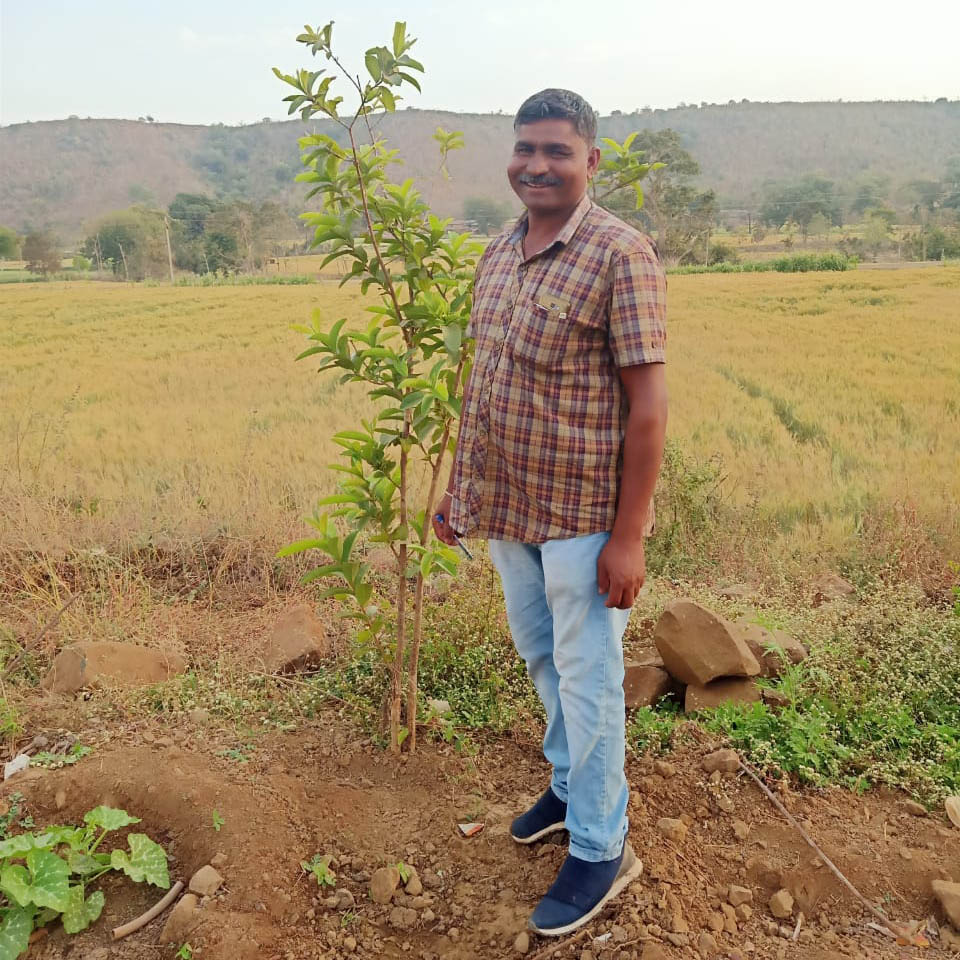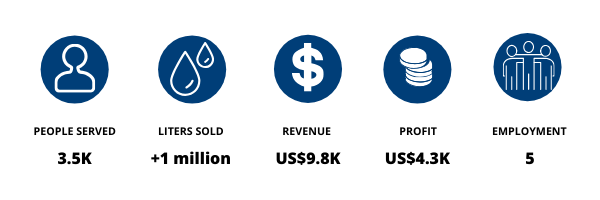In India, about 80 percent of people who live in rural areas don’t have access to safe drinking water. Each year almost half a million deaths in the country can be attributed to water-borne diseases, like diarrhea, associated with drinking contaminated water.
In the state of Madhya Pradesh (MP), which carries the third highest burden of malnutrition in the country, the problem is compounded as much of the drinking water is contaminated with high levels of fluoride. Long term exposure to high levels of fluoride can result in dental and skeletal fluorosis, a serious condition, which particularly impacts children. It can be reversed with good nutrition as well as access to clean drinking water, if caught early enough.
What is fluorosis?
In MP, fluoride is found primarily in the groundwater. As one digs deeper into the water table, the concentration increases. Due to increasing climate change and bodies of surface water drying up, close to 90 percent of India’s rural population relies entirely on groundwater, setting up a cycle of overexploitation of water sources which lead to fluoride-contaminated drinking water.
Skeletal fluorosis develops when fluoride accumulates in the bones over many years. Early symptoms include stiffness and joint pain. In severe cases, the bone structure may change and ligaments calcify, causing irreversible bone and muscle damage.
However, in its initial stages, good nutrition, access to clean drinking water, and adequate amounts of vitamin C and calcium, can cure the condition. In regions like MP, where families struggle with food security, this is not always an option.
In MP, 36.1 percent of all children who die between the ages of 0 and 14 do so from water-borne diseases, including diarrhea. Another 44,000 cases of fluorosis have been reported in 13 of the state’s 52 districts alone.
Treating drinking water is the most effective way to guard against contamination.
But approximately less than four percent of MP’s rural population use an effective method of water purification, according to a baseline study CHAI conducted in 2016.
Providing sustainable water treatment methods
The Indian government has called for community-based solutions to improve access to safe drinking water. However, past attempts to set up community treatment plants have run into problems, often becoming defunct within months, due to a lack of ownership in operating and maintaining the plants. Unsustainable reverse osmosis (RO) technologies used in these earlier plants have also been ruled out by the government due to multiple reasons related to water utility, recycling, and disposal of wastes.
In MP, for example, one such plant ran into technical issues with the use of RO: 60 to 80 percent of the water processed was wasted in the purification process, causing the water source to dry up quickly and making the use of RO unsustainable.
CHAI’s approach
Aligning with the government’s priority of setting up community water purification systems, CHAI partnered with Tata Trusts to pilot a community entrepreneurship model to provide safe drinking water to rural communities.
The model engages a local entrepreneur to co-invest (50 percent of the total project cost) in the building and operating of the plant. . The plant is set up as a for-profit enterprise to incentivize the entrepreneur to maintain and operate it.
In the pilot, CHAI provided mentoring support to the entrepreneur through a field staff to streamline his operations. Research around price discovery, market barriers, competition, and supply and demand are determined by the entrepreneur and supported by the mentor.
 Dinesh Maliwad, the entrepreneur who invested in the pilot.
Dinesh Maliwad, the entrepreneur who invested in the pilot.
The pilot was launched in 2018, in partnership with Dinesh Maliwad, a farmer in a tribal district of Dhar. He took out a US$14,729 subsidised loan to make the capital investment and to finance the initial plant operations. He employed a team of four young community members to assist him with the plant operations and water delivery to households.
A resin-based nanotechnology was adopted, which removes fluoride and other contaminants, while producing as little as 2 percent wastewater. It is also affordable and easy to maintain. A solar-powered ATM dispensing system is also provisioned to keep track of the amount of litres distributed.
CHAI facilitated a price sensitivity analysis ahead of the pilot in order to keep the pricing of the water at an acceptable level for the community the plant was meant to serve – the cost of a 20 litre canister of (chilled) water delivered to a customer’s door ranges from US$0.11 and $US0.22.
Dinesh has been running the plant for over a year now and makes a monthly net profit of US$156. He has increased his annual income by over 40 percent in the last calendar year.
 Key milestones of the plant
Key milestones of the plant
Furthermore, he’s recognized as a champion to his village, for delivering safe drinking water to the community at minimal cost and providing job opportunities to local youth. Dinesh serves about 360 homes, 18 community centers, and 11 government offices – with the plant running at 50 percent capacity, leaving plenty of room to expand.
Given the pilot’s success, the government of Madhya Pradesh is looking to scale up the model, targeting other areas with contaminated water. To that end, CHAI is exploring partnerships for co-investment and other ways to support the larger rollout of the program.
This is the third of several joint initiatives with the government of Madhya Pradesh that CHAI, with support from the IKEA Foundation, is working on in order to break the cycle of malnutrition in the state.





